Oolong tea
$30 Original price was: $30.$24Current price is: $24.
- Product name: Oolong tea
- Origin: Viet Nam
- Ingredients: 100% naturally, no flavoring or preservatives.
- Size: 40gr
- Store in a dry, cool place, away from direct light
Oolong tea is a distinctive and aromatic tea that falls between green and black tea in terms of oxidation, offering a perfect balance of flavor and richness. Known for its smooth texture, floral and fruity notes, and numerous health benefits, Oolong tea has been cherished for centuries in China and Taiwan. Curious to learn more? Let’s dive into the fascinating world of Oolong tea in the article below!
Product information oolong tea
- Product name: Oolong tea
- Origin: Viet Nam
- Ingredients: 100% naturally, no flavoring or preservatives.
- Size: 40gr
- Store in a dry, cool place, away from direct light
What is
Oolong tea has a fascinating history that dates back centuries, with its origins deeply rooted in China. The name “Oolong” is derived from the Chinese words “Wūlóng” (乌龙), meaning “black dragon,” which is believed to describe the dark, curled appearance of the tea leaves.
While the exact origins of Oolong tea are debated, many historians trace its development to the Fujian province during the Ming Dynasty (1368–1644), where tea makers began experimenting with different oxidation techniques to create a tea that was neither fully green nor fully black. This innovation led to the birth of Oolong tea, a unique category that combines the freshness of green tea with the depth and complexity of black tea.
Today, both China and Taiwan remain the world’s leading producers of Oolong tea, each offering distinctive styles influenced by their geography and traditional processing methods.
Whether it’s the floral, lightly oxidized Tieguanyin from Fujian, the heavily roasted Wuyi Rock Tea (Yancha), or the honey-sweet Oriental Beauty from Taiwan, Oolong tea continues to be a cherished beverage worldwide. Its rich history and evolving craftsmanship ensure that Oolong tea remains a timeless favorite among tea enthusiasts.
The health benefits of oolong tea
Oolong tea is not only known for its rich and complex flavor but also for its impressive health benefits. As a semi-oxidized tea, it contains a unique combination of antioxidants, vitamins, and minerals that contribute to overall well-being. Here are some of the key benefits of drinking Oolong tea:
- Boosts metabolism and supports weight loss: Oolong tea is known to enhance metabolism, helping the body burn fat more efficiently. The polyphenols in Oolong tea can improve fat oxidation and regulate energy balance, making it a great addition to a weight management routine. Some studies suggest that drinking Oolong tea regularly may help reduce body fat and prevent obesity.
- Improves heart health: Drinking Oolong tea may support heart health by reducing bad cholesterol (LDL) levels and improving circulation. The antioxidants in Oolong tea help protect blood vessels, lower blood pressure, and reduce the risk of heart disease and stroke.
- Enhances brain function and mental alertness: Oolong tea contains caffeine and theanine, which work together to improve brain function, boost alertness, and enhance focus. These compounds may also help reduce stress and promote relaxation, making Oolong tea a great choice for maintaining mental clarity.
- Supports digestion and gut health: Oolong tea aids digestion by promoting the production of digestive enzymes and balancing gut bacteria. It can help soothe stomach discomfort, reduce bloating, and improve nutrient absorption. Drinking Oolong tea after a meal may also support a healthy digestive system.
- Strengthens the immune system: Rich in antioxidants and anti-inflammatory properties, Oolong tea helps strengthen the immune system and protect the body from infections. The tea’s polyphenols also have antibacterial properties that may help fight off harmful bacteria and viruses.
- Promotes healthy skin and slows aging: The antioxidants in Oolong tea can help protect the skin from damage caused by free radicals, reducing signs of aging such as wrinkles and fine lines. Regular consumption of Oolong tea may also help improve skin conditions like eczema and acne by reducing inflammation and promoting hydration.
- Regulates blood sugar levels: Oolong tea may help regulate blood sugar levels, making it beneficial for people with diabetes or those at risk of developing the condition. Studies suggest that drinking Oolong tea can improve insulin sensitivity and reduce blood sugar spikes after meals.
- Strengthens bones and teeth: The minerals in Oolong tea, such as calcium, magnesium, and fluoride, contribute to stronger bones and teeth. Drinking Oolong tea regularly may help prevent osteoporosis by maintaining bone density and reducing the risk of fractures.
How to make oolong tea
Oolong tea is a versatile and flavorful tea that can be brewed in different ways to bring out its unique taste and aroma. Whether you prefer a light and floral infusion or a deep and roasted brew, the key to making a perfect cup of Oolong tea lies in the right technique. Follow this step-by-step guide to enjoy a delicious and authentic Oolong tea experience.
Choose your oolong tea
There are many varieties of Oolong tea, ranging from lightly oxidized, floral teas like Tieguanyin to darker, roasted teas like Wuyi Rock Tea (Yancha). Select a high-quality loose-leaf Oolong tea for the best flavor.
Prepare your water
Water quality is crucial for a good cup of tea. Use filtered or spring water for the best results. Avoid distilled or heavily chlorinated water, as it can affect the taste of the tea.
- Ideal Water Temperature: Oolong tea is best brewed at 185–205°F (85–96°C).
- Lightly oxidized Oolong (greenish leaves): Use water at 185–195°F (85–90°C).
- Heavily oxidized or roasted Oolong (darker leaves): Use water at 195–205°F (90–96°C).
Measure the tea leaves
Use about 1 teaspoon (3–5 grams) of loose-leaf Oolong tea per 8 ounces (240ml) of water. If you prefer a stronger brew, you can slightly increase the amount of tea.
Rinse the leaves (Optional, but recommended)
For traditional brewing, quickly rinse the tea leaves with hot water for about 5 seconds and then discard the water. This step “wakes up” the leaves, removes any dust, and enhances the tea’s aroma.
Steep the tea
- First steep: Pour hot water over the tea leaves and let it steep for 30 seconds to 1 minute for a lighter brew or 1.5–3 minutes for a stronger taste.
- Subsequent steeps: Oolong tea can be re-steeped multiple times. With each brew, slightly increase the steeping time by 10–30 seconds to extract more flavor. Some high-quality Oolong teas can be steeped 5–8 times, revealing new flavors with each infusion.
Enjoy your tea
Pour the tea into a cup and take a moment to enjoy its aroma before sipping. Oolong tea is best enjoyed plain, without milk or sugar, to appreciate its natural flavors. However, if you prefer, you can add a touch of honey or lemon for a different taste experience.
Bonus: Traditional gongfu tea brewing method
For an authentic tea experience, you can brew Oolong tea using the Gongfu style, which involves using a small clay teapot or a Gaiwan (lidded cup) and a higher leaf-to-water ratio. This method uses shorter steeping times (10–30 seconds) and multiple infusions, allowing the tea’s flavor to develop gradually.
How to store oolong tea properly
Oolong tea is a delicate and flavorful tea that requires proper storage to maintain its freshness, aroma, and taste. Since it falls between green and black tea in oxidation levels, Oolong tea can lose its quality if exposed to air, moisture, light, or strong odors. Follow these best practices to keep your Oolong tea fresh for as long as possible.
Store in an airtight container
Oolong tea is highly sensitive to air exposure, which can cause it to lose its fragrance and become stale over time. To prevent this:
- Use a sealed, airtight container made of metal, ceramic, or dark glass.
- Avoid plastic containers, as they can absorb odors and affect the tea’s flavor.
- If the tea comes in a resealable foil pouch, make sure to press out excess air before sealing it tightly.
Keep it away from light
Exposure to sunlight or artificial light can degrade the tea leaves and cause them to lose their natural flavor.
- Store Oolong tea in a dark, cool cabinet or pantry away from direct light.
- If using a glass container, place it in a closed cupboard or wrap it in a cloth to block light.
Protect from moisture
Moisture is the enemy of Oolong tea, as it can cause the leaves to absorb water and spoil. To prevent this:
- Keep the tea in a dry place, away from humid environments like the kitchen or bathroom.
- Avoid storing tea near steam, boiling water, or refrigerators, as condensation can form.
- Never use wet spoons or hands to handle tea leaves.
Keep away from strong odors
Tea leaves absorb surrounding smells, which can alter the delicate taste of Oolong tea.
- Store tea away from spices, coffee, strong-smelling foods, and perfumes.
- Do not store Oolong tea in the same cabinet as garlic, onions, or scented candles.
Store at the right temperature
Temperature fluctuations can impact the quality of Oolong tea.
- Room temperature (60–77°F or 15–25°C) is ideal for most Oolong teas.
- Avoid storing tea near heat sources like ovens, stoves, or direct sunlight.
- For lightly oxidized Oolong teas (such as Tieguanyin or Ali Shan), refrigeration may help retain freshness, but only if stored in a completely airtight and moisture-proof container.
Can you freeze oolong tea?
Freezing tea is generally not recommended, as it can cause condensation when removed from the freezer, leading to moisture damage. However, some high-quality Oolong teas can be frozen if:
- They are sealed in a vacuum-packed bag to prevent condensation.
- They are thawed at room temperature before opening to avoid moisture absorption.
How long does oolong tea last?
- Lightly oxidized Oolong teas (greener varieties) should be consumed within 6 months to 1 year for the best flavor.
- Heavily oxidized or roasted Oolong teas can last 1–2 years and may even improve over time if stored well.
Oolong tea is more than just a drink it’s a tradition, an art, and a source of wellness. With its unique balance between green and black tea, it offers a diverse range of flavors and health benefits, making it a favorite among tea lovers worldwide. Whether you enjoy it for relaxation, its rich taste, or its potential health benefits, Oolong tea is a wonderful addition to any tea collection. So why not brew a cup and experience its delightful charm for yourself?
Be the first to review “Oolong tea” Cancel reply
Related products
Tea
Tea
Tea
Tea
Tea
Tea

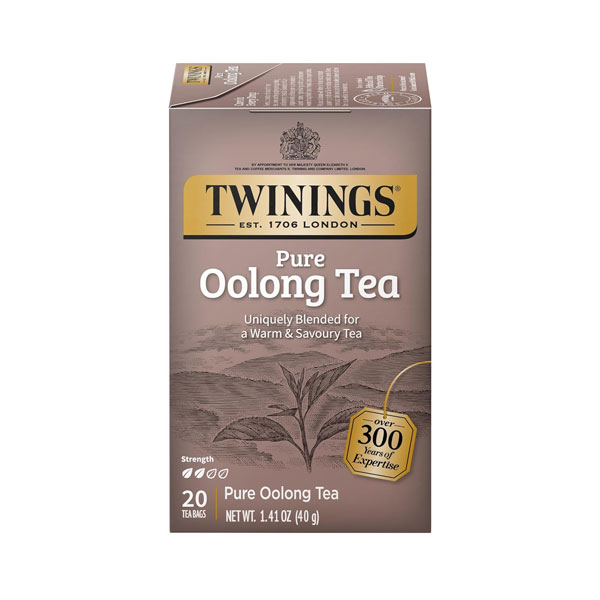
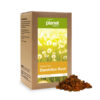
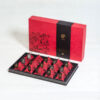
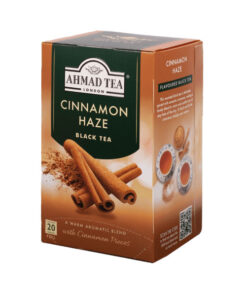
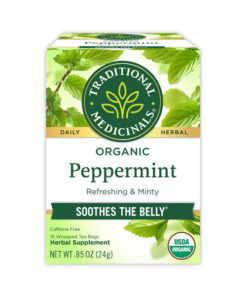
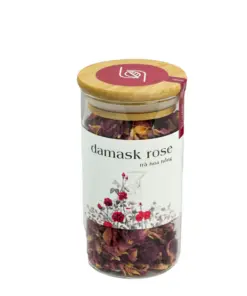
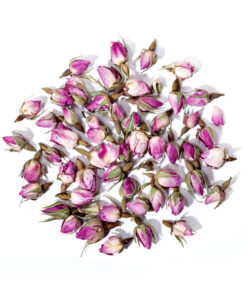
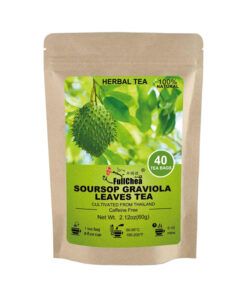
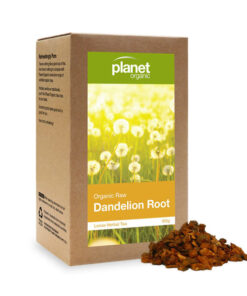
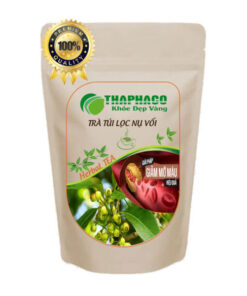
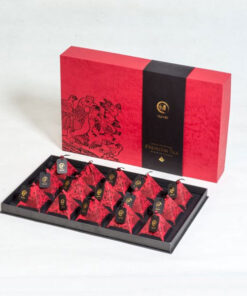
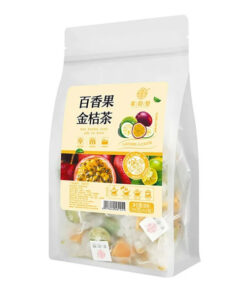
Reviews
There are no reviews yet.